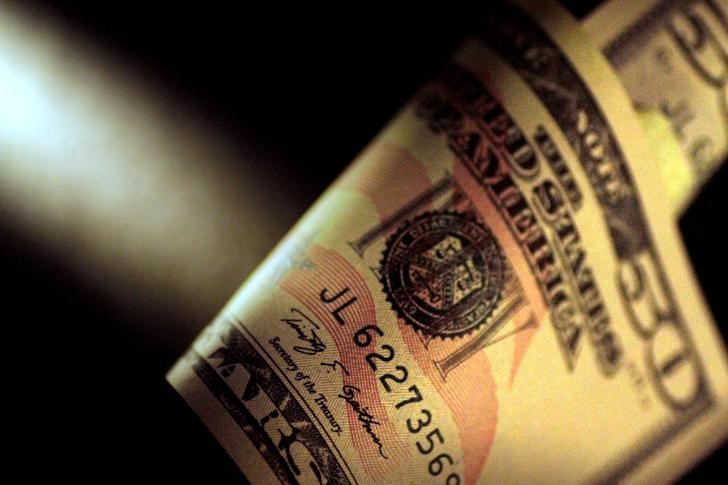(New throughout, changes byline, previous dateline LONDON)
By Kate Duguid
NEW YORK, Feb 24 (Reuters) - The Japanese yen jumped versus
the U.S. dollar on Monday in a risk-off move spurred by the rise
in coronavirus cases.
The safe-haven yen JPY= was last up 0.93% at 110.52 per
dollar. The dollar index =USD , which weighs the greenback
against a basket of six peers can also function as a safe-haven
trade, but was in negative territory for the day, likely because
of a significant move lower in U.S. equities. It was last down
0.21% at 99.22 per dollar.
Italy, South Korea and Iran reported sharp rises in
coronavirus cases on Monday, but China eased curbs as the
infection rate there slowed and a visiting World Health
Organization team said a turning point had been reached in the
epicentre, Wuhan. In response to the coronavirus headlines, the Dow Jones
industrial average .DJI shed more than 800 points in early
trade. All of the Dow's 30 blue-chip members, as well as the 11
major S&P sectors were in the red. Technology stocks .SPLRCT
dropped 3.5% and were the biggest drag on the benchmark index.
Defensive utilities .SPLRCU and real estate .SPSLRCR posted
the smallest declines.
"Ultimately this is all a risk-off trade," said Marvin Loh,
senior global markets strategist at State Street Global Markets.
"When you look at the yen, when you look at the Swissie,
when you look at rates, it is risk-off. It's probably
reflective, to a certain degree, of the market being a little
too sanguine up until now ... so there's an adjustment process
around it."
Still, the yen traded well within last week's range, and
currency market moves were muted compared to the U.S. stocks and
Treasuries. Analysts said investors might be discounting the
yen's traditional safety value owing to Japan's virus exposure.
U.S. economic data last week came in below expectations.
Money markets are now pricing in a Federal Reserve interest rate
cut of 25 basis points in June.
"I've been thinking that the Fed is in a position where
they're going to have to cut sometime this year," said Loh. "Not
necessarily based on global growth but based on a lot of other
things like inflation."
The Australian dollar, often traded as a proxy for China
risk, weakened to an 11-year low of $0.658 AUD= , but it
retraced some of those losses in the North American session and
was last down 0.18% to $0.662.
